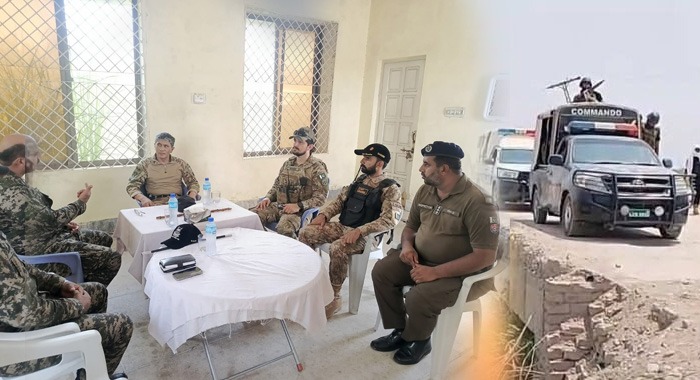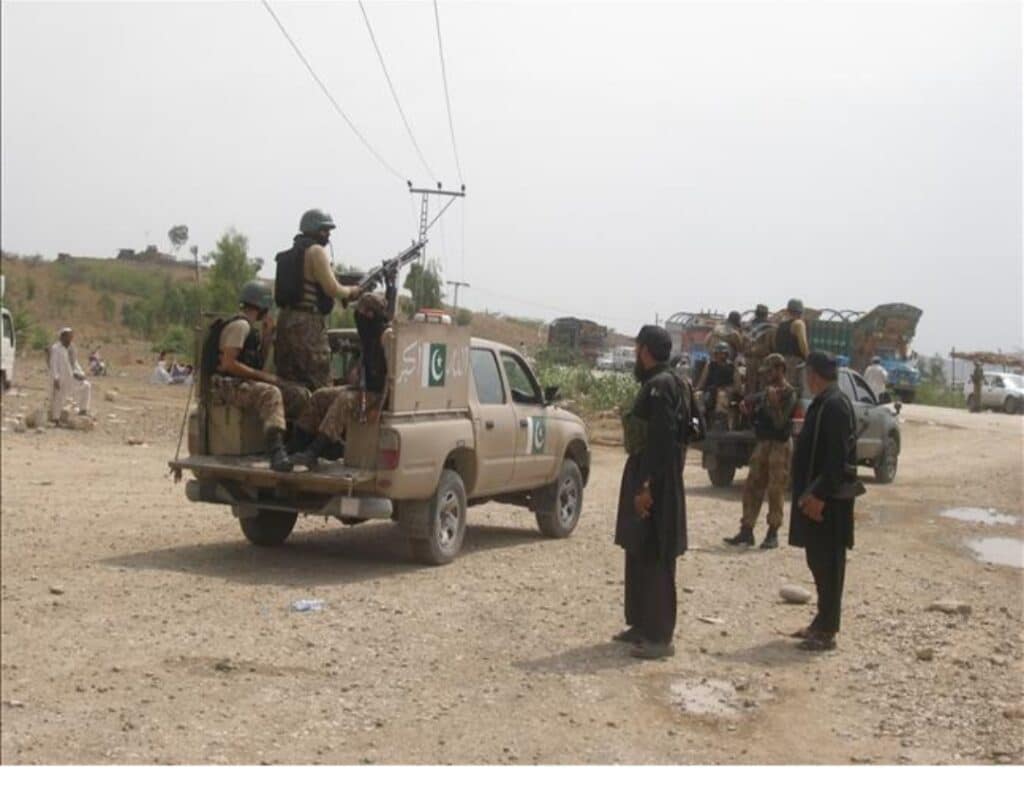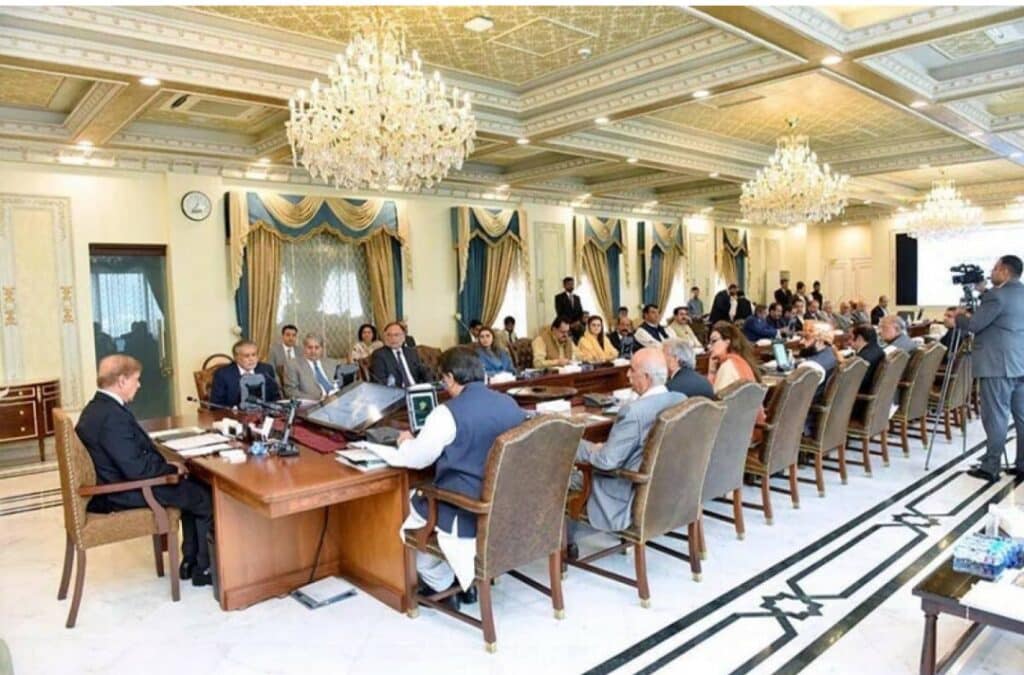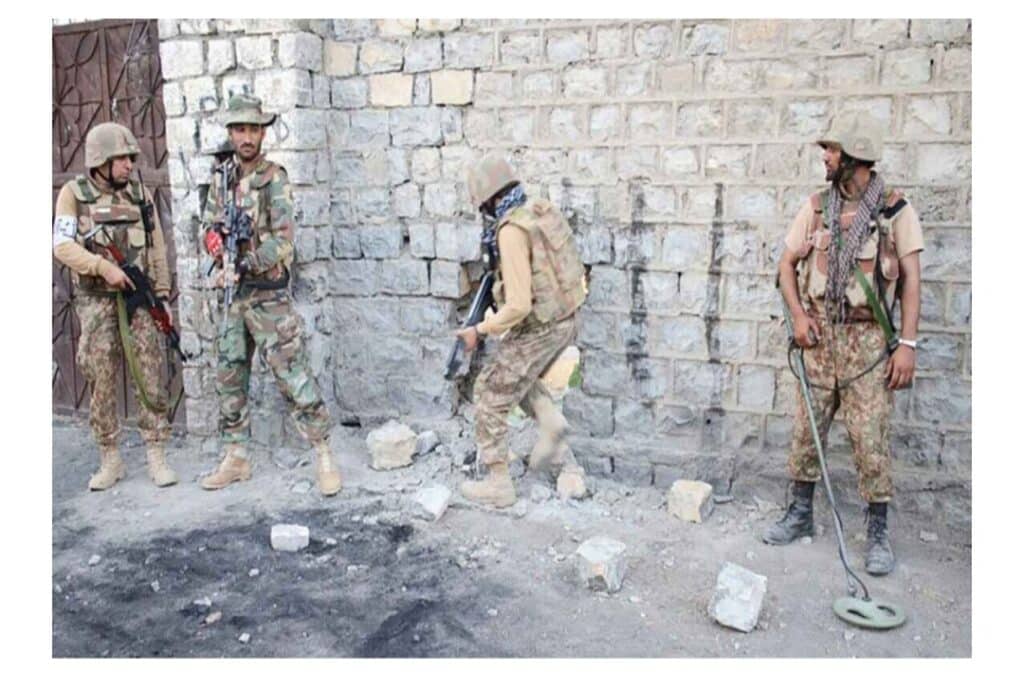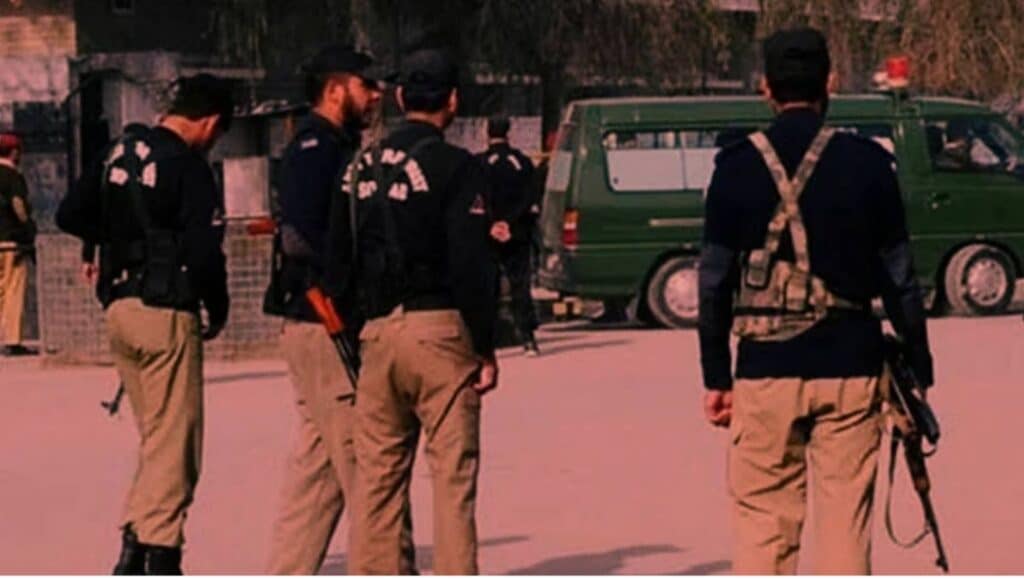Khawarij infiltration across the Khyber Pakhtunkhwa–Punjab frontier has prompted a strategic show of force and coordination, as Brigadier Dr. Imtiaz Malik, the local brigade commander in Dera Ismail Khan, conducted a critical visit to the Tri-man border check post. Joined by Punjab Rangers Wing Commander Subtain and Dera Ghazi Khan police representatives, the visit underscores the growing emphasis on synchronised operations between military and civilian security forces to repel militant incursions from the western tribal belt.
The meeting focused on reviewing recent counter-terror efforts and formulating a forward-looking strategy to neutralise extremist threats before they penetrate deeper into Punjab. Commending the outstanding performance of Punjab Rangers and D.G. Khan Police, Brigadier Malik noted that the border forces had “become an iron wall against terrorism,” a sentiment shared by security leadership across the region.
Since the start of the year, combined operations by Punjab Rangers and the Dera Ghazi Khan Police have successfully thwarted multiple infiltration attempts, killing over ten Khawarij militants and foiling several high-profile attacks in the sensitive tri-border zones.
The visit comes amid a string of successful operations in recent months.
Nine Key Counter-Terrorism Operations: June–July 2025
Security forces in Punjab have been on high alert over the past two months, conducting multiple successful operations that disrupted the activities of the banned Tehreek-e-Taliban Pakistan (TTP) and its affiliated Khawarij networks.
June 2: Kot Mubarak (DG Khan):
Punjab Police eliminated four armed Khawarij following an intelligence-based operation. Weapons and explosives were recovered, foiling what officials described as a “major imminent attack.”
June 2: Tank Sharif (DG Khan):
A high-value khariji commander, Saifullah alias Abdul Musabir al-Shami, was killed along with his aide in a separate joint operation. He headed the TTP’s South Waziristan Intelligence Wing.
June 6: Lahore/Bahawalpur Region:
Punjab CTD arrested three RAW-backed terrorists plotting Eid attacks in four cities. The suspects had received direct instructions from Indian handlers in Srinagar and Rajasthan.
June 15: Punjab–KP Border (Mountains):
In a joint intelligence operation, senior Khariji commander Maulvi Nazir was killed in rugged terrain. He had been active in cross-border insurgent activity for years.
June 17: DG Khan:
Khawarij armed with rocket launchers attacked a security patrol. Forces retaliated effectively, wounding several Khawarij and forcing a full retreat. A sweep operation followed.
June 20: Okara:
CTD Sahiwal arrested Zahid Hamid, a TTP affiliate from DG Khan, near Okara. He carried bomb-making materials and had infiltrated with plans for urban sabotage.
July 5: Jaday Wala (KP–Punjab Border):
Five TTP terrorists were killed in a fierce armed clash with Punjab Police. Several others remained holed up in a compound, triggering a follow-up clearance operation.
July 17: DG Khan Border Region:
Punjab Police successfully repelled multiple infiltration attempts by the terrorists of Fitna al-Khawarij (the banned TTP). According to officials, the terrorists sought to build a facilitator network in Punjab, but their movement was disrupted with zero casualties on the police side.
July 20: Taunsa Sharif:
In a high-stakes raid, CTD killed five terrorists and injured five more. Explosives, IEDs, and automatic rifles were recovered. Escaping militants fled into nearby forests, prompting a manhunt.
These tactical victories are part of a broader counter-terrorism campaign detailed in a comprehensive Punjab Police report released on May 31. The report revealed that 31 terror plots were foiled over the past 18 months, 43 Khawarij were killed, and 15 officers were seriously injured in the line of duty—highlighting both the cost and the courage of front-line responders.
Particularly, the twin districts of Dera Ghazi Khan (22 attacks thwarted) and Mianwali (9 attacks thwarted) have emerged as the front-line bulwarks against extremist infiltration. Punjab’s Inspector General, Dr. Usman Anwar, stated, “These were not just plots—they were active threats, dismantled by intelligence-led precision and sheer bravery.”
Meanwhile, a national-level analysis by the Centre for Research and Security Studies (CRSS) released in early July further validates these regional efforts. According to CRSS, Pakistan witnessed a 32% drop in violence during Q2 2025, with KP and Balochistan seeing the sharpest declines—a trend directly attributed to intensified counter-terror operations against Khawarij and India-backed proxies.
The report, however, raised concern over a 162% rise in fatalities in Punjab—albeit from a low base—signaling that terror networks are shifting tactics, probing previously secure areas and leveraging new digital radicalization routes.
CRSS also noted that over 54% of all militant fatalities in Q2 were insurgents, reflecting not only heightened operational aggression by state forces but also a tangible disruption of enemy logistics and command chains. Punjab’s recent engagements—especially in border zones like Jaday Wala, Taunsa Sharif, and Okara—fit squarely into this national trend.
Despite the progress, security officials warn that the threat remains dynamic and evolving. The Khawarij, bolstered by cross-border support and an expanding digital footprint, continue to attempt infiltration, even as their core command structures are dismantled.
Brigadier Dr. Imtiaz’s message was clear: “No room will be given to those who threaten our homeland. Our forces will stand as a wall of steel, and the tide of terror will break against it.”

